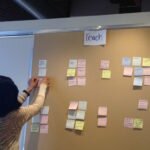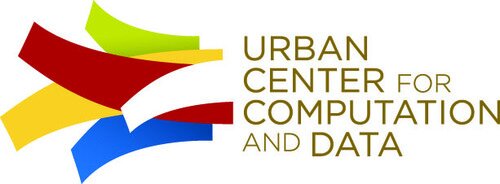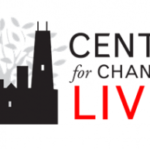In preparing for the Chicago School of Data Days conference (September 19 and 20), we’ve heard from more than 100 organizations and have detailed discussions with dozens. We need to hear from you to make sure we have as good a take on the field as possible!
Adam Garcia talked with the Jane Addams Resource Corporation. We worked with them to put together these thoughts on what they’re up to.
The Jane Addams Resource Corporation is is a Center for Working Families that focuses on job training and workforce development. We talked with Neha Chitnavis and Gerado Salazar about the work their doing in our city.
Smart Chicago: What kind of work do you guys do? Neha: "JARC is a Center for Working Family, core of the agency focuses on manufacturing training such as CNC and Welding. We also concentrate on supportive services, such as employment coaching, financial counseling, income supports, computer skills, and adult learners program, such as ESL and GED. There is an array of things that happen here, but the main idea is to get people out of poverty, using a holistic approach. We want to make sure a client has all he/she would need in order to secure employment."
Jane Addams Resource Corporation was founded in 1985 as an economic development agency concentrated in the Ravenswood Industrial Corridor. Its initial efforts focused on industrial retention and included development and operation of commercial buildings for industrial use. While they still primarily serve the north side of Chicago, they’ve extended their area to the south and west sides as well as the surrounding suburbs of Chicago.
Smart Chicago: What kind of information do you collect and use on a daily basis? Gerardo: "One of the things we do as an agency, before anyone is able to get any services, is have them attend a general orientation, where we collect clients contact information, as well as basic demographics. We collect information like race, gender, income, education, work history (if there is any), and that serves as a primary net of how we capture data. Obviously as they get services we'll go ahead and track their efforts, their success, and more." Smart Chicago: How do you store your data? Neha: "We use ETO as our main database (and Excel), but we also have hard copies of all intake forms, which are locked away. The data we collect is only for internal use, it's not something we sell to other agencies or use in any other way, but for demographics." ETO (Efforts to Outcomes) is a software system by Social Solutions that helps governments and non-profits manage cases. It is built as performance management software. The software aims to show funders what’s working and what’s not. Smart Chicago: How do you analyze that data? Do you use special tools or do you have a system? Gerardo: "One of our funders, LISC, who is a supporter of the Center for Working Families, provides us with ETO. ETO helps track bundle supportive services, which includes employment services, income support, and financial coaching. Reporting has been really concentrated to offer a fifteen page report on everything from tracking, placement, to more financial information like credit increases, net worth, monthly income, to income supports--how much money we're actually helping people to attain in public benefits. So that's primarily where the ETO comes along. It a good programs, which track some of the basic information, such as when clients received service, what were the outcomes, like computer classes, tracking--[Neha: How many hours, what classes]-- to volunteer hours for our adult education program. They do have standard reporting. Obviously, it doesn't always fit into what we actually need. A lot of it is extracted through ETO and then analyzed using software, like Excel primarily."
Since ETO is such a large part of their data process, we also wanted to get a better idea of how to train staff on the software and how they liked using the software.
Smart Chicago: So who does the training for you? Gerardo: "I am the one that does it. If staff interacts with ETO, and again everyone interacts with ETO at some point. It's obviously very heavily used by staff in the CWF (Center for Working Families) department, whereas not so heavy in people that are in ALPS or the CTC." Neha: "For our services, if multiple people entering those intake forms into ETO, it may cause problems, so only Gerardo enters the intake forms into ETO, then everyone else record effort." Gerardo: "Otherwise, when we talk about problems, ETO isn't the most user friendly. It can be challenging, I think, because there are so many ways of entering, and tracking. We try to find...how does it makes entering data easier for the staff. You show them all the different ways it can track it and record things, so they can kind of find their style. It's not the most user friendly." Neha: "...My program only uses it [ETO] once every three months for one hour."
During the Chicago School of Data Summit in September, we’ll be having discussions specifically about tools used to harness data such as ETO. If you’d like to join us (it’s free!) you can register for the event here.






